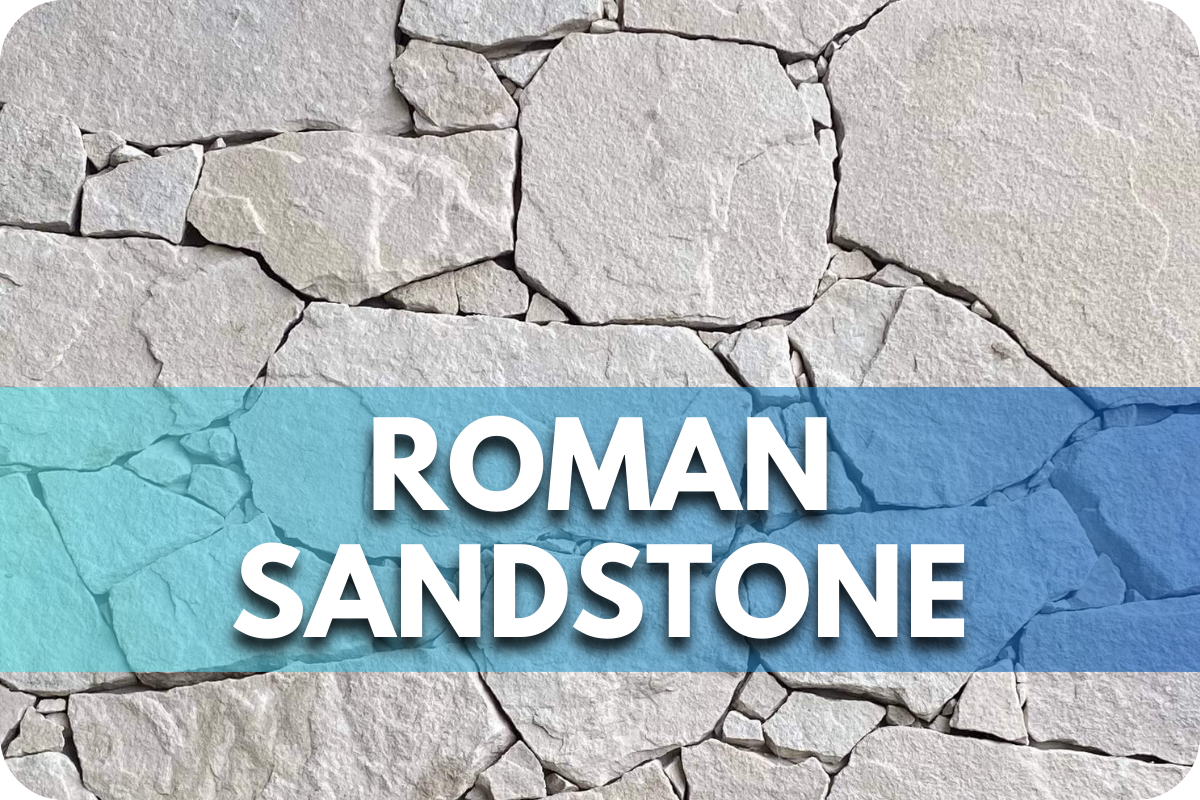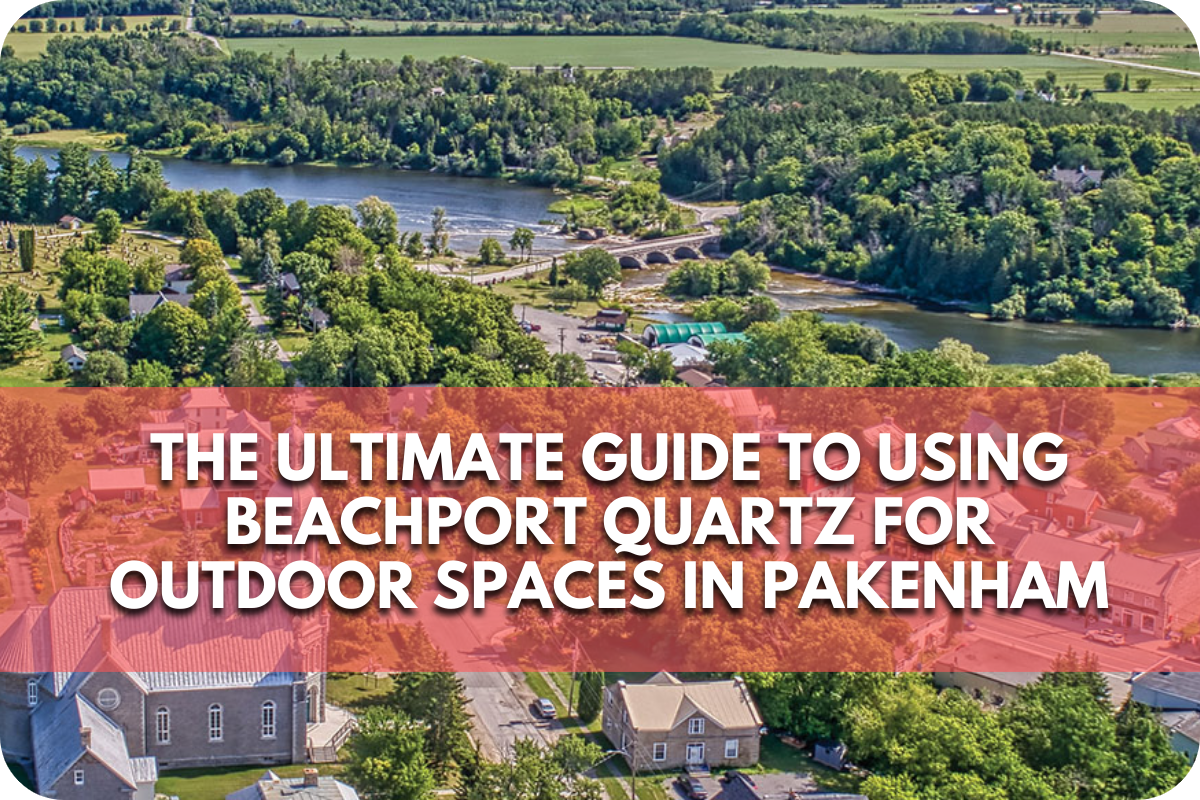Can You Use Porcelain Tiles Outdoors? Weather Resistance & Safety Tips
Are porcelain tiles suitable for outdoor use?
Many homeowners are unsure about the durability and safety of using porcelain tiles outside, fearing they might crack, fade, or become slippery when wet.
Discover how porcelain tiles excel in outdoor environments with our comprehensive guide on weather resistance and safety tips. Learn why they are ideal for patios, walkways, and more, ensuring lasting beauty and functionality.
Why Choose Porcelain Tiles for Outdoor Use?
Porcelain tiles are an excellent choice for outdoor applications due to their numerous advantages, including exceptional durability.
Made from dense, refined clay and fired at high temperatures, these tiles are incredibly strong and resistant to wear and tear, making them ideal for high-traffic areas such as patios and walkways.
They offer aesthetic appeal with a wide range of designs, colours, and textures, allowing you to create a stylish and cohesive outdoor space. Porcelain tiles can mimic the look of natural stone, wood, or concrete, providing a luxurious appearance without the associated maintenance.
Known for their low maintenance requirements, porcelain tiles are resistant to stains, moisture, and mildew, making them easy to clean and care for with a simple sweep and occasional wash.
They are highly resistant to various weather conditions, do not absorb water easily, and are less likely to crack in freezing temperatures. Additionally, their resistance to UV rays ensures they won’t fade or discolour, maintaining their beauty over time.
Weather Resistance of Porcelain Tiles
Porcelain tiles are renowned for their impressive weather resistance, making them an excellent choice for outdoor applications.
Engineered to withstand various environmental conditions, these tiles are less likely to crack, fade, or deteriorate over time.
Their low water absorption rate, typically less than 0.5%, means they resist water penetration and are highly effective in preventing freeze-thaw damage, a common issue in colder climates.
In addition to their durability in freezing temperatures, porcelain tiles are also resistant to UV rays, ensuring they retain their colour and aesthetic appeal even after prolonged exposure to the sun.
This makes them an ideal choice for sunny patios and walkways. Moreover, their robust surface resists staining and scratching, maintaining their pristine appearance despite heavy use and exposure to the elements.
Another critical feature is their resistance to mildew and moss growth, which can be problematic in damp or shaded areas.
This characteristic ensures that porcelain tiles remain attractive and safe underfoot, reducing the risk of slips and falls. In summary, porcelain tiles offer a reliable and long-lasting solution for any outdoor space, enduring rain, shine, and everything in between.
Safety Considerations for Outdoor Use
Safety is paramount when choosing porcelain tiles for outdoor applications to ensure longevity and prevent accidents. Porcelain tiles are generally slip-resistant, making them safer than other flooring options, particularly in wet conditions.
Look for tiles with textured surfaces or a higher slip resistance rating (R-rating) for areas prone to moisture or pool surrounds.
Additionally, consider the durability of the tiles underfoot. Porcelain’s dense composition and low water absorption rate make it resistant to cracking and frost damage, which is crucial for withstanding diverse weather conditions without compromising safety.
Ensure proper installation with a suitable adhesive and grout to maintain stability over time, especially in high-traffic areas or where exposure to extreme temperatures is common.
Moreover, choose tiles with UV resistance to prevent fading and maintain their aesthetic appeal for outdoor spaces like patios or poolside areas. Regular maintenance, including cleaning debris and applying recommended sealants, further enhances safety and prolongs the tiles’ lifespan.
Installation Tips for Outdoor Porcelain Tiles
Proper installation is crucial to ensuring the longevity and performance of outdoor porcelain tiles. Here are some essential tips for a successful installation.
- Proper Substrate Preparation: A stable and well-prepared substrate prevents future issues such as cracking or shifting. Start by excavating the area and creating a solid base layer with compacted gravel or crushed stone. This base should be level and well-compacted to provide a firm foundation for the tiles.
- Correct Adhesives and Grouts: Choosing the right adhesives and grouts is critical for outdoor installations. Use a high-quality, flexible, thin-set mortar specifically designed for exterior use. This adhesive accommodates slight movements and thermal expansion, ensuring a strong bond. Similarly, select a grout that is weather-resistant and flexible to prevent cracking.
- Professional vs. DIY Installation: While DIY installation is possible, hiring a professional can ensure precision and adherence to best practices. Professionals have the tools and expertise to handle challenges such as accurately cutting tiles and ensuring proper alignment. If you choose to DIY, follow detailed installation guides and take your time to avoid mistakes.
- Drainage Considerations: Ensure proper drainage by slightly sloping the tile surface away from buildings. This prevents water from pooling on the tiles, reducing the risk of water damage and slipping hazards.
Maintenance Tips for Outdoor Porcelain Tiles
Maintaining outdoor porcelain tiles is straightforward, but regular care is essential to keep them looking their best and ensure their longevity. Here are some key maintenance tips.
- Regular Cleaning: Outdoor porcelain tiles should be swept regularly to remove dirt, leaves, and debris. This prevents the accumulation of grime that can become difficult to clean over time. Use a mild detergent mixed with water and a soft brush or mop for a deeper clean. Rinse thoroughly with water to remove any soap residue.
- Preventing and Addressing Stains: To prevent stains, clean spills promptly, especially those from acidic substances like wine, coffee, or lemon juice. For tougher stains, use a specialised porcelain tile cleaner. Avoid abrasive cleaners or tools that could scratch the tiles’ surface.
- Seasonal Care: Outdoor porcelain tiles can withstand various weather conditions, but seasonal maintenance helps keep them in top condition. In the winter, remove snow and ice promptly using a plastic shovel to avoid scratching the tiles. In the summer, rinse the tiles regularly to remove dust and pollen.
- Grout Maintenance: Keep an eye on the grout lines, as they can accumulate dirt over time. Use a grout cleaner and a brush to scrub the grout lines as needed. Consider sealing the grout annually to enhance its resistance to stains and moisture.
- Routine Checks: Periodically inspect the tiles for any signs of damage, such as cracks or chips, and address them promptly. Repairing minor issues quickly can prevent more significant problems later.
Conclusion
Porcelain tiles are an excellent choice for outdoor use due to their weather resistance and safety features. Enhance your outdoor spaces with durable, low-maintenance tiles. Visit Splendour In Stone Melbourne for expert advice and a wide selection of premium porcelain tiles. Contact us today to transform your outdoor areas.












